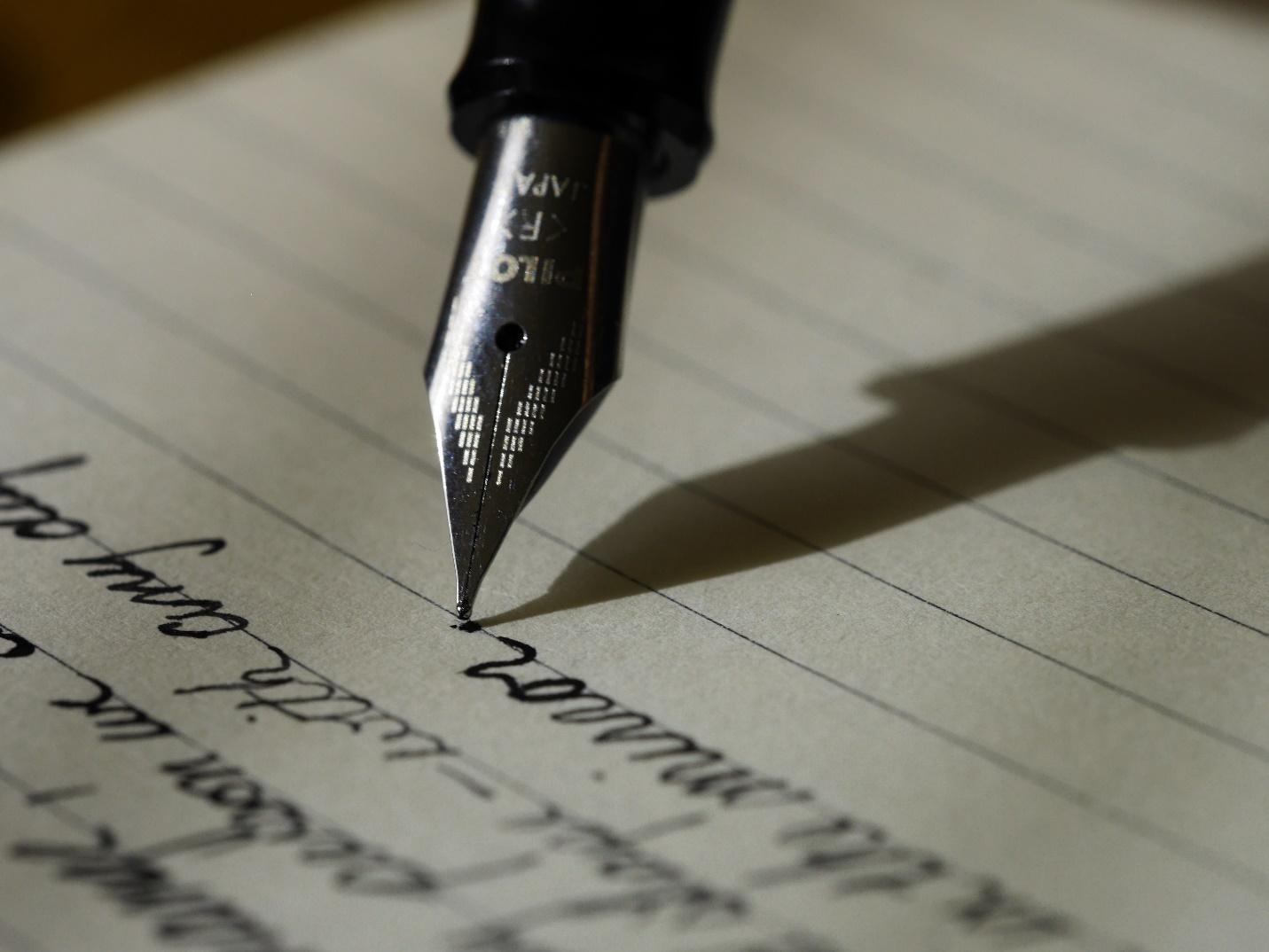
Do you struggle to write essays? If the answer is yes, then you do not have to worry anymore. In this article, we are going to give you a step-by-step guide to writing a fantastic essay. We shall cover all the steps from introduction down to the body and then the conclusion. After reading this article, we assure you that you will never suffer a panic attack when your teacher assigns you an essay to write; you will be looking forward to writing them.
For students on campus, essays are a must-do. Most of them contribute a lot towards the final grade. Hence, it is essential to perfect your essays to attain a perfect score at the end of the day. Let us dive into the process of writing an ideal essay.
Establish the Type of Essay You Are Going to Write
Essays come in many forms; the most common essays include
- research,
- persuasive,
- argumentative,
- literal,
- and comparative.
To develop the type of essay you are writing, you are supposed to ask yourself questions like, am I explaining the topic? Or am I supposed to narrate something? Doing so will help you identify the type of essay that you are supposed to write. Once you have the kind of essay that you are supposed to write, you can now make an outline.
Coming Up With an Essay Outline
An outline is like a map. It guides the whole writing process. It gives you direction and ensures that you do not get off-topic. To come up with an accurate outline, you require to have a clear vision of what your essay should entail. You then organize your thoughts and write them on a piece of paper. Begin your outline by writing the topic at the top of the page. Then list every point that you think will be necessary for your essay. Make them two-sided if the paper is argumentative. At this point, your head should be bursting with facts and arguments.
Once you are done, list the facts, statistics, and examples supporting every argument or point. Once you complete this stage, you will now have an outline to guide you as you write your essay.
Topic Introduction
The first paragraph should be about introducing the topic. It gives the reader an understanding of what the essay is all about. The introduction should be brief and bring about the thesis of the paper in an understandable manner.
The introduction should set the essays’ tone and capture the readers’ attention by using clarity and exciting facts. You can use some fantastic but real facts to capture the readers’ attention and leave them wanting more. It should fall in line with the thesis so as not to move off-topic.
An introduction decides how the reader will read the entire paper. If it is not catchy and exciting, then the reader will read it with a negative attitude. But if it is exciting and leaves them wanting to read more, that is a perfect introduction.
The Body of the Essay

The body is the part that carries all the main details of the paper. You utilize all the points and arguments that you listed in your outline in the body section. In the body, you get to bring out all the details you used to create the introduction but now in a more sophisticated and detailed manner.
You first write, putting into consideration the thesis and details involved in the introductory part. Then, using these details, come up with a thesis statement that summarizes all your points. Then use the body to explain why the thesis statement is true.
If it is an argumentative essay, you can use the outline to balance the point, then slowly draw into your conclusion. On the other hand, if it is an analysis essay, you have to develop detailed information on each point and make it as convincing as possible.
Remember the facts and examples that you listed next to the points in the essay? Now, this is where all of them are utilized. You, however, have to make sure every fact or example blends in with the point that you are describing. You can also use quotes to add emphasis on the point that you are discussing.
It would help if you also tried to separate the points using paragraphs. Each paragraph should describe a single issue. Doing so helps make your work neat and readable. It also ensures your reader can follow each point and draw a conclusion on the points.
Make sure the paragraphs have flow too. Do not fragment your work into parts that do not have flow. Remember that the more flow the paper has, the more the reader will want to continue reading your essay.
Suppose you use the internet to find points in, for example, an analysis paper. Make sure to check examples of unique research papers using the website StudyDriver.com. Remember that your teacher is warranted to give you a straight fail once your paper has any plagiarism.
The body is where most marks come from in an essay paper. It would be best if you hence tried to be thorough on each point. Write as many points as possible, as long as you do not exceed the word count, and you will see your essay grade go higher than ever.
The Essays’ Conclusion
Here is where you summarize all your points and provide closure to the reader. Using at least three to four sentences, you should be able to reiterate the paper’s thesis and review all the main points included in the body of the paper. However, make sure you do not repeat the exact word you used in the body for the conclusion not to be redundant. You can also briefly bring out your perspective on the topic. The final answer should, however, uphold the main points using a compelling and straightforward manner.
Some people work from the conclusion up to the introduction when creating a rough draft. Doing so gives them a clear understanding of what to write. Once you have made the rough draft of your paper, you can move the content into a clean paper and write down a good essay with ease. Do not try to get it right the first time; make a rough draft whichever way you like, either bottom-up or top-bottom works best.
Conclusion
Essay writing is not as complicated as many people think it is. All you have to do is understand all the steps that we have discussed above. Once you have mastered how to write a good outline, then come the thesis statement, and then come up with a good body that draws a fantastic conclusion. Then you have mastered the art of writing an essay.

